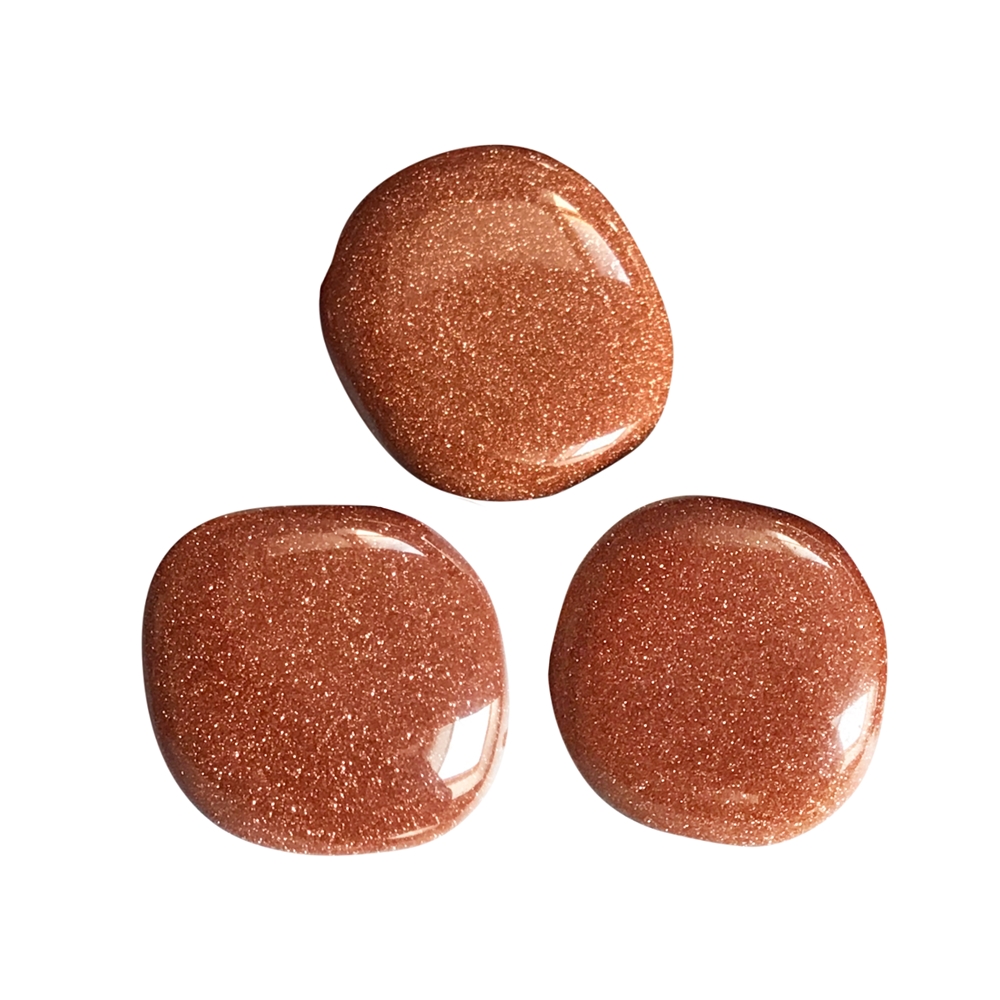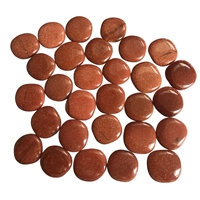In the packaging unit with 0.5kg Smooth Stones Gold River (synt. Glass) are about 27 - 33 stones.
The Smooth Stones are approx. 3,0 - 3,5cm big and approx. 0,8 - 1,0cm thick.
Even today, the Venetian glassmaking family Miotto is known, who around 1626 discovered the secret of how to produce sparkling, colored jewelry glass from initially colorless glass by adding metal compounds. The exact production process was passed down in the Miotto family from father to
eldest son, until it was forgotten due to the political unrest in Venice at the end of the 18th century. In the second half of the 19th century, the gold flux manufacturing process was rediscovered by the German chemist Max von Pettenkofer. Soon glassworks in Bavaria and Bohemia began to produce sparkling gold flux. To this day, gold flux is widely used in the production of jewelry and handicrafts.
The best known variety of gold flux is brown gold flux, the color of which comes from tiny copper crystals formed in the glass melt during the special manufacturing process. For brown gold flux, the glass mass is first melted from quartz sand and other silicate raw materials as well as copper oxide and other metal oxides, then the metallic Copper is produced by chemical reduction in the melt. Under exclusion of air and by very slow cooling, fine copper crystals can form in the melt, which later trigger the glitter.
In addition to the term "gold flow", "aventurine glass" is also known. This is derived from the Italian term "per avventura" - random - which refers to the distribution of the crystals, which cannot be determined exactly.
Over 40 years on the market + own production in China and Indonesia



